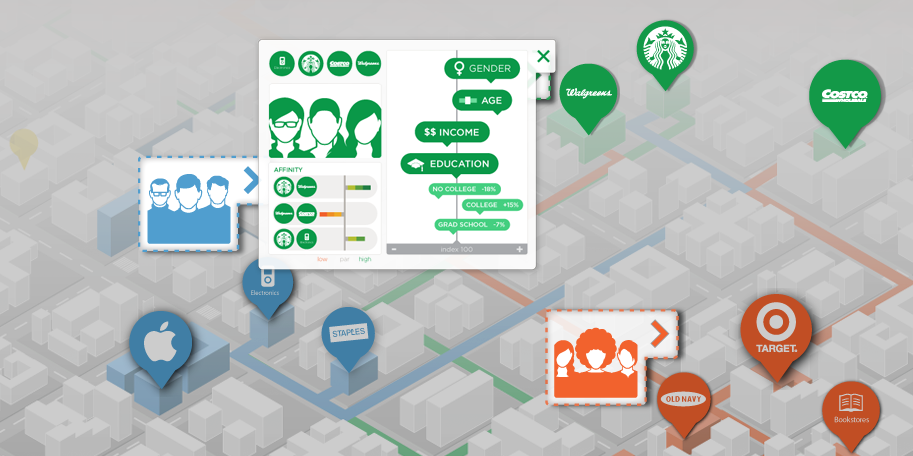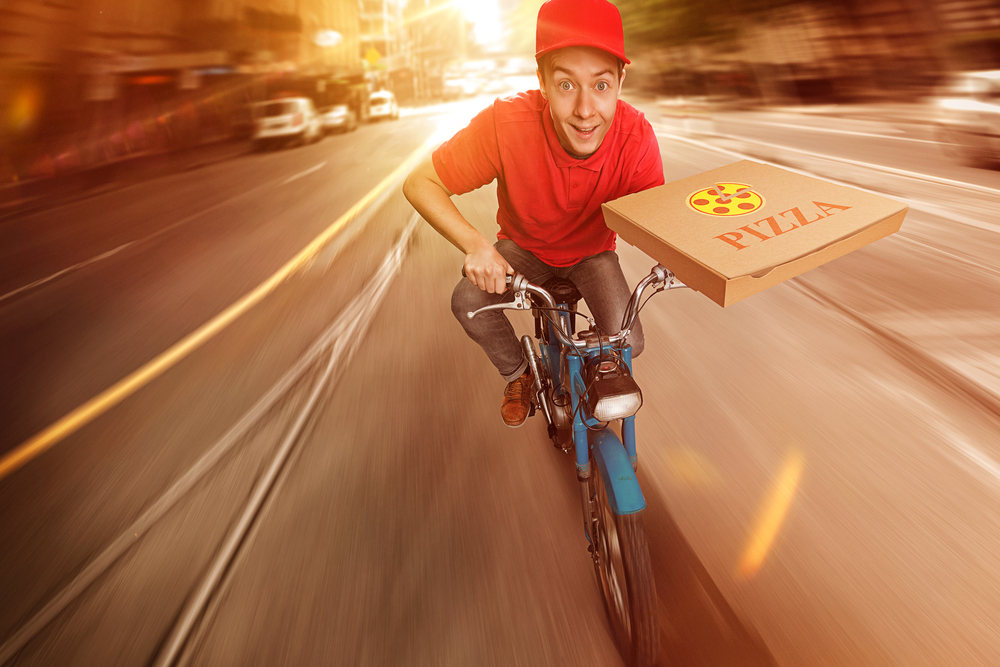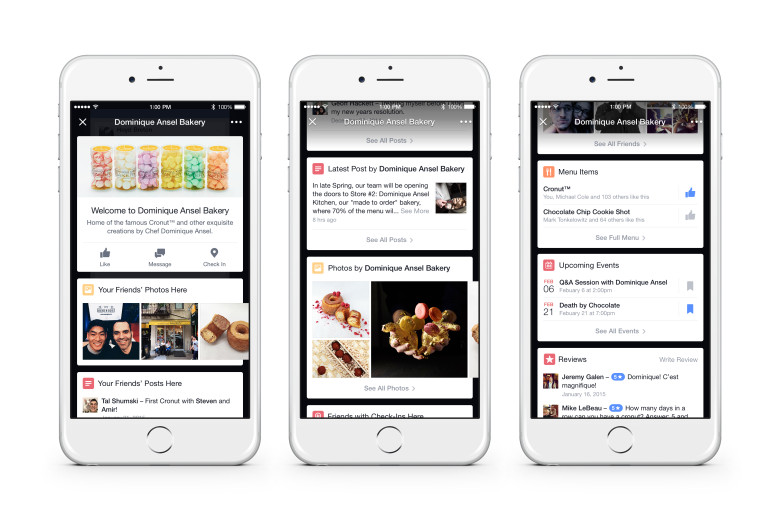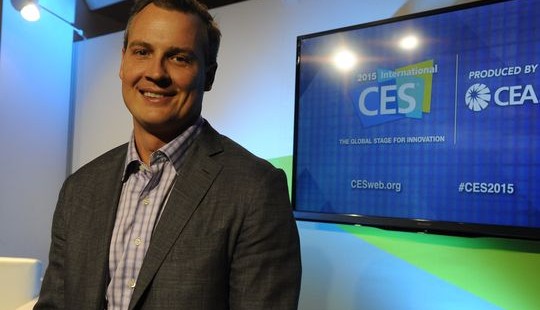As reported by the Wall Street Journal, six ad agencies, including IPG Mediabrands, recently selected Placed’s attribution product as the preferred tool for digital to in-store measurement, signaling a rising industry standard for mobile measurement. As part of the partnership, the agencies will also get access to Placed’s insights tool that provides location analytics and examines customer traffic patterns.
Such new industry standard is both necessary and inevitable, considering the increasing prominence of smartphones in consumers’ everyday lives and the industry’s lack of efficient tools for mobile-to-store measurement. “We really look at attribution as a metric that’s going to help grow the category of mobile and give clients more confidence in mobile,” remarked our managing partner Chad Stoller, when IPG took a minority stake in Placed in September last year.
A confluence of new technology trends – from new, more intimate interfaces and advanced curation filters to hyperlocal technologies – is emerging as an unprecedented kind of measurable intimacy that connects brands with the modern consumers through their personal mobile devices. And the industry needs to keep up in this new trend by embracing new mobile measurement tools so as to better serve their audience with contextualized and relevant brand messages.
Editor’s Note: updated on 2/20/2014 to better reflect our 2015 Outlook.








